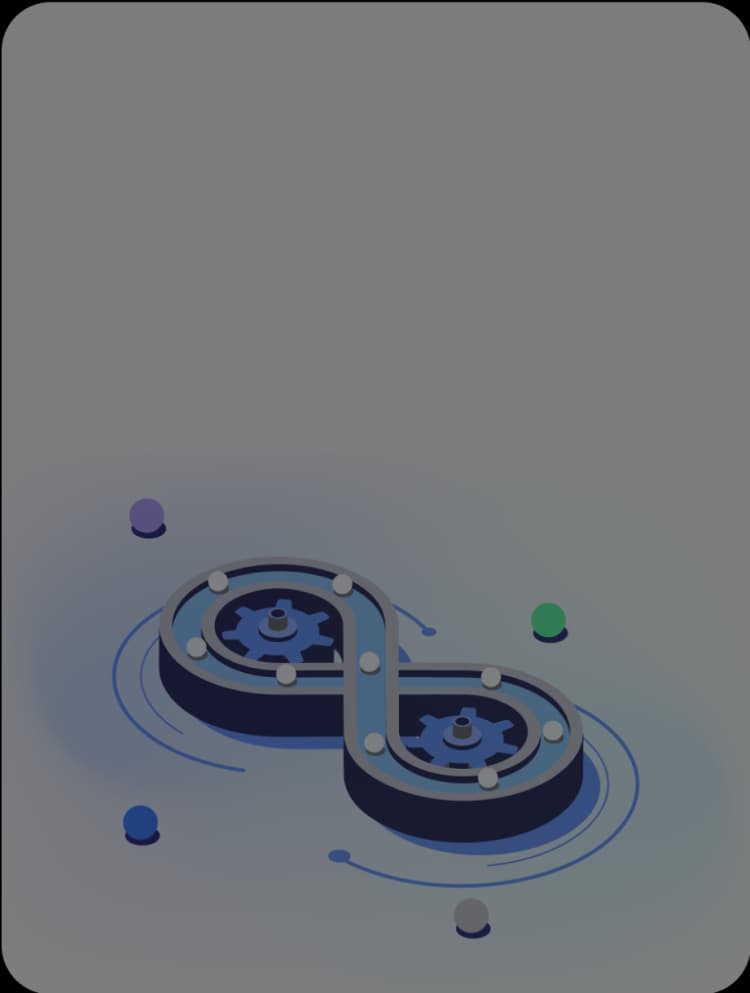Can Symptoms Really Improve Diagnostic Accuracy?
- Genetic test | 25. 07. 04
🧬 Part of the Decoded Series: Behind Our Diagnostic Technologies

Are all symptoms equally useful in diagnosis?
In rare disease diagnostics, symptoms are the first clues.
But when multiple diseases share overlapping symptoms,
these clues can easily become noise instead of signals.
So here’s the critical question:
Are some symptoms more diagnostically informative than others?
Should every symptom carry the same weight in determining a potential diagnosis?
What if we could quantify the “diagnostic value” of a symptom?
At 3billion, we developed a system that measures each symptom’s disease specificity—
a way of scoring how uniquely a symptom points to a particular condition.
Here’s how it works:
- Information Entropy
Calculates how broadly a symptom is observed across known diseases.
The rarer it is, the more informative it becomes. - Symptom Prevalence in Each Disease
Measures how frequently a symptom occurs in a given condition.
(e.g., 95% prevalence vs 10% can make a huge difference.) - Symptom–Disease Correlation Score
Assesses how well a full set of patient symptoms matches each disease,
going beyond one-to-one comparisons.
Why context matters: Same symptom, different weights
Take the symptom psychotic episodes, for example.
It may appear in several diseases, but not with equal diagnostic value:
| Disease | Symptom Prevalence | Entropy | Final Specificity Score |
| Porphyria | 100% | 7.35 | 7.35 |
| Lysinuric protein intolerance | 29% | 7.35 | 2.13 |
| Parkinson disease 7 | 4% | 7.35 | 0.29 |
The same symptom can carry drastically different weight
depending on its frequency within each disease.
How is this applied in practice?
This scoring model is built into 3billion’s clinical platform.
When physicians enter symptoms into our portal:
- Each symptom’s specificity is automatically calculated
- The system ranks genes and diseases accordingly
- The results reflect the most diagnostically informative findings
This process leads to faster and more precise prioritization—especially when time matters.
✅ Takeaway: Structured symptom data transforms diagnosis
Physicians already rely on clinical judgment to prioritize symptoms.
What we’ve done at 3billion is to support that intuition with quantitative logic.
By assigning measurable specificity to each symptom,
we help shift diagnosis from ambiguous pattern-matching to data-informed decision-making.
Patent Information
- Title: A System to measure symptom specificity accounting symptom prevalence in diseases
- Application Number: 1022413990000
- Assignee: 3billion
- View on KIPRIS: Patent Link

🧬 About This Series
Decoded is a technical storytelling series from 3billion that reveals the science behind our diagnostic technologies.
We break down the mathematical models and algorithmic innovations that enhance rare disease diagnostics—making the invisible, visible.
Do you find this post helpful?
Click the button below to copy and share the link.

3billion Inc.
3billion is dedicated to creating a world where patients with rare diseases are not neglected in diagnosis and treatment.




